Species of Crocodiles in Australia
That’s when you realise — crocodile species in Australia are not to be underestimated. Not all crocs are created equal. Here in Australia we have two official species of crocodile: the saltwater crocodile and the freshwater crocodile. Both with their own quirks, habitats and dangers. Let’s get into who’s who in croc country — without becoming lunch.
Ask any Aussie bush guide about crocodiles and they’ll give you a wry grin before saying, “They’ve been here longer than we have, mate.” And it’s true — these ancient reptiles have been in Australian waters for over 200 million years. They’re not just part of the ecosystem. They are the ecosystem in some parts of the Northern Territory.
Saltwater Crocodile (Crocodylus porosus)
The OG of Aussie Waters
Despite the name, saltwater crocodiles (or “salties”) are just as happy in tidal rivers, river deltas, brackish mangrove swamps and freshwater billabongs. These estuarine crocodiles are the largest crocodile species on the planet. Bigger crocs can grow up to 6–7 metres long, with a body mass of over 1000kg. Imagine a tank with bony plates for armour — that’s your typical salty.
Saltie Facts:
- Body Size: Up to 6–7 metres long
- Body Mass: 500–1000+ kg
- Habitat: Mangrove forests, tidal rivers, river mangroves, estuaries, coastal waters
- Range: Northern Territory, North Queensland, Kimberley coast (WA), east coast rivers up to Rockhampton
- Status: Protected species, growing saltwater crocodile population
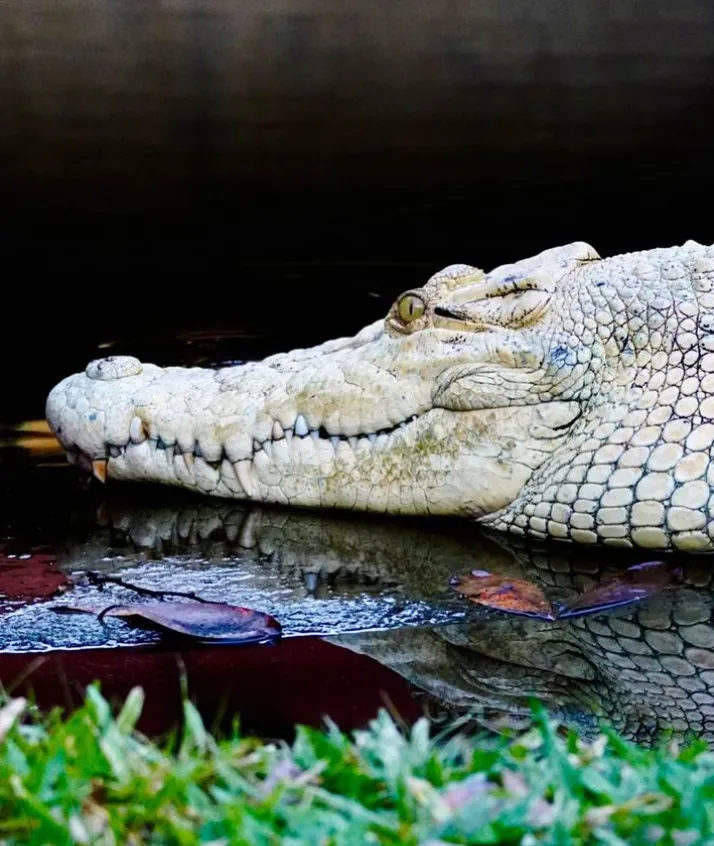
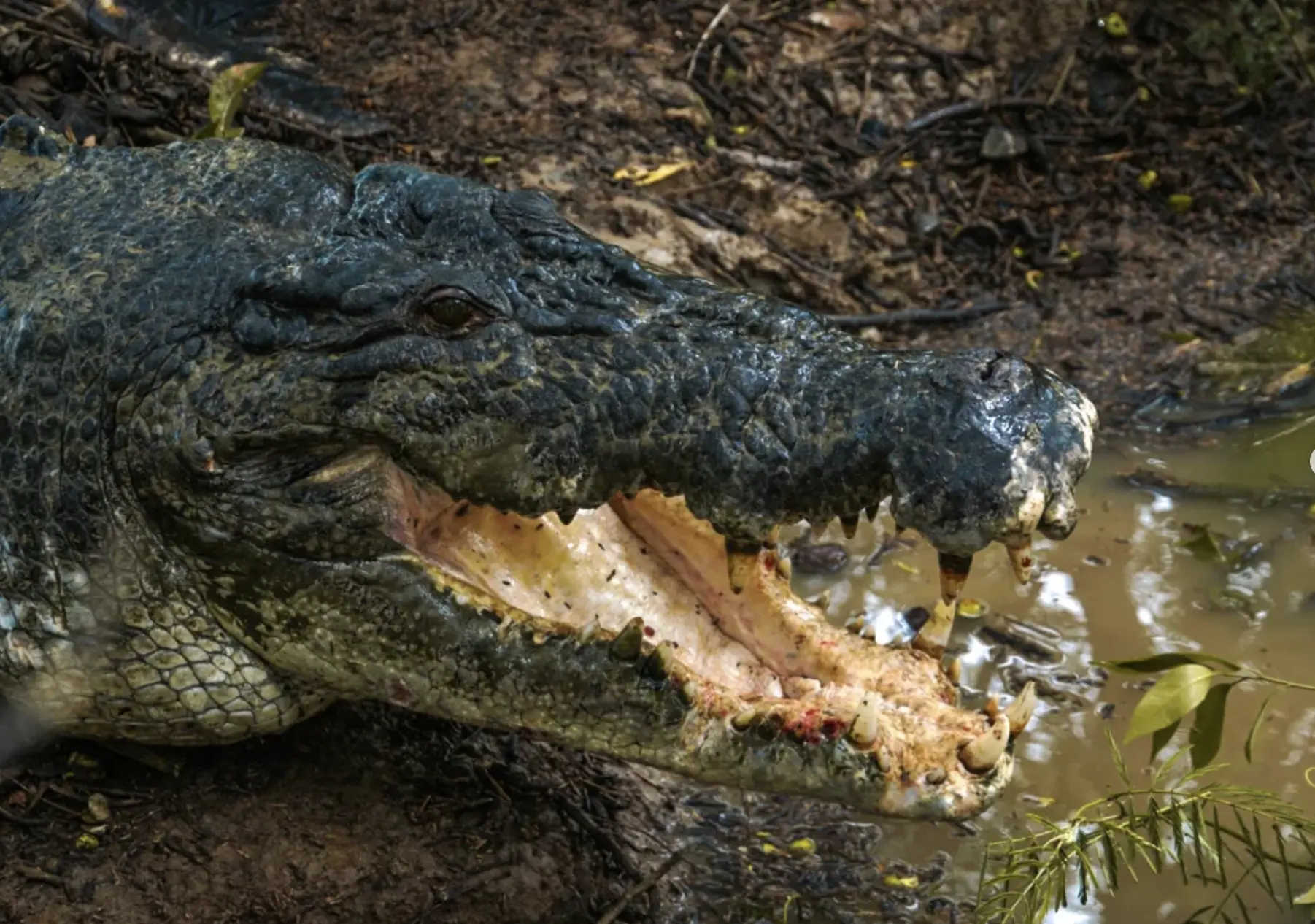
Why Salties Rule The Waterways
Salties are apex predators, built for ambush. Marine crocodiles are opportunistic hunters, snatching up fish, birds, buffalo and the occasional careless fisherman. Their jaw strength is record breaking — stronger than any dinosaur we’ve found.The female saltwater crocodile might be smaller than the male but don’t be fooled. She’s a fierce protector of her nest especially during the wet season when nesting sites are prime real estate.
The Saltie’s Domain: Croc Country Spread
From Arnhem Land in the Northern Territory to the mangrove forests of North Queensland, saltwater crocodiles rule. They’re experts at tidal rivers, moving between saltwater and freshwater systems, especially during the wet season when the floodwaters expand their hunting grounds.
During the dry season, salts are often found basking on mudbanks, conserving energy until the next high tide comes in.
Join us for an unforgettable Darwin crocodile tour and get a chance to see these incredible creatures in their natural habitat.
Freshwater Crocodile (Crocodylus johnstoni)
Meet the Freshie: Smaller, Shyer, But Still a Croc
Freshwater crocodiles, or “freshies”, are Australia’s more reclusive crocodile species. They prefer the freshwater rivers, rock pools and clear water billabongs of the Top End and the Kimberley.
Unlike their salty cousins, freshies are not aggressive towards humans unless provoked. That said, juvenile crocodiles (freshies or salties) are still wild animals — they deserve respect and space.
Quick Freshie Facts:
- Body Size: Up to 3 metres (most around 2–2.5m)
- Weight: 70–100 kg
- Habitat: Freshwater rivers, rock pools, and lagoons with a restricted range
- Range: NT, North Queensland, Kimberley (WA)
- Status: Protected species, stable population
Freshie Behaviour and Threats
Freshies are known for their more docile temperament, feeding on insects, fish and small animals. But invasive cane toads have become a major threat. These toxic pests have decimated freshwater crocodile populations in some areas, particularly where conservation efforts have been slow to respond.
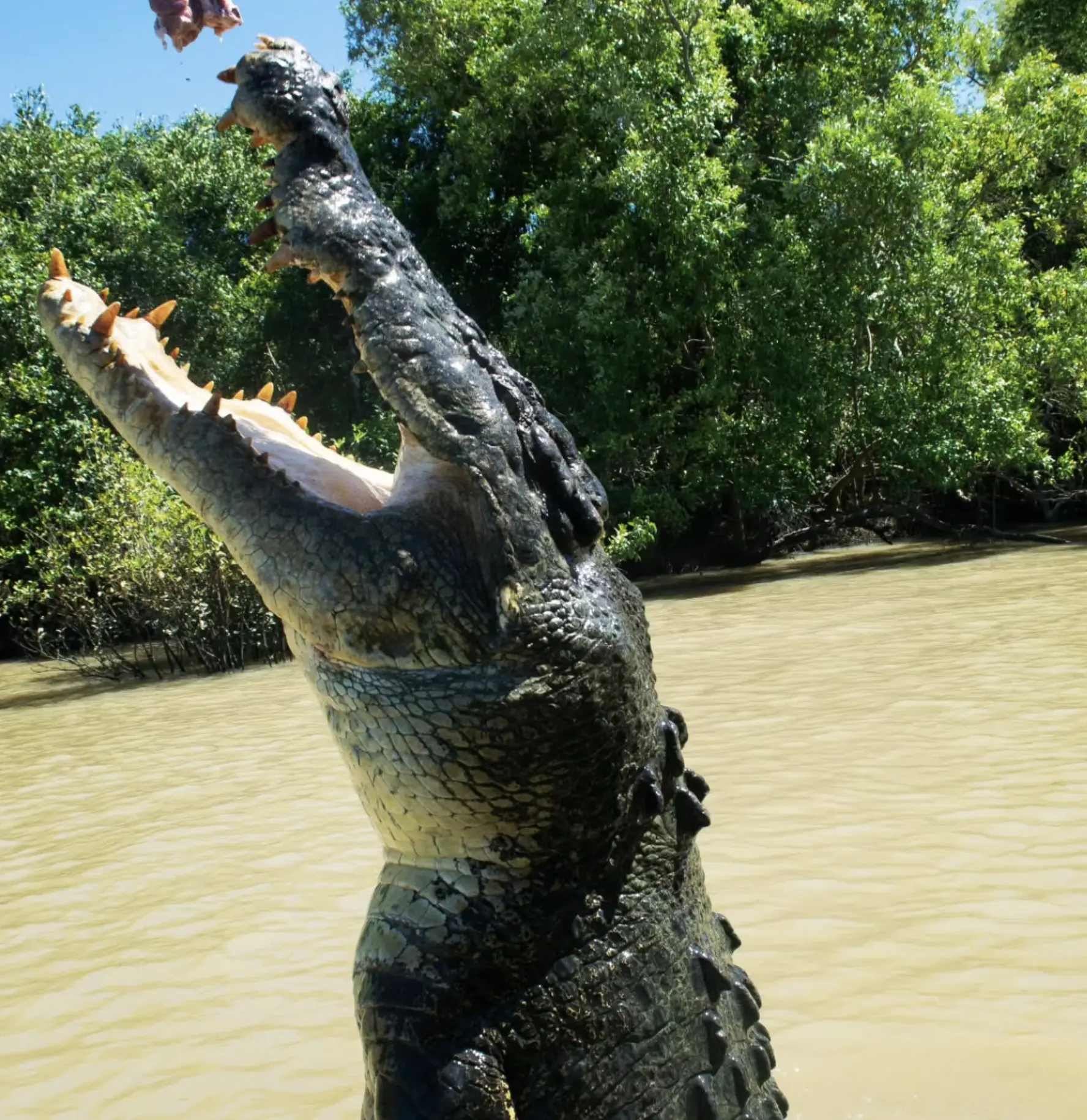
How Many Are There?
Current estimates:
- Saltwater Crocodiles: Around 100,000 to 200,000, mostly in the Top End.
- Freshwater Crocodiles: Hundreds of thousands, but exact numbers are tricky.
The Northern Territory Government keeps a close eye on salties numbers, especially around human populated areas. Regular surveys help manage population hotspots and reduce damage to saltwater crocodile habitats.
Juvenile crocodiles are most vulnerable to predators — including their own kind. Larger crocodiles don’t hesitate to thin out the competition.
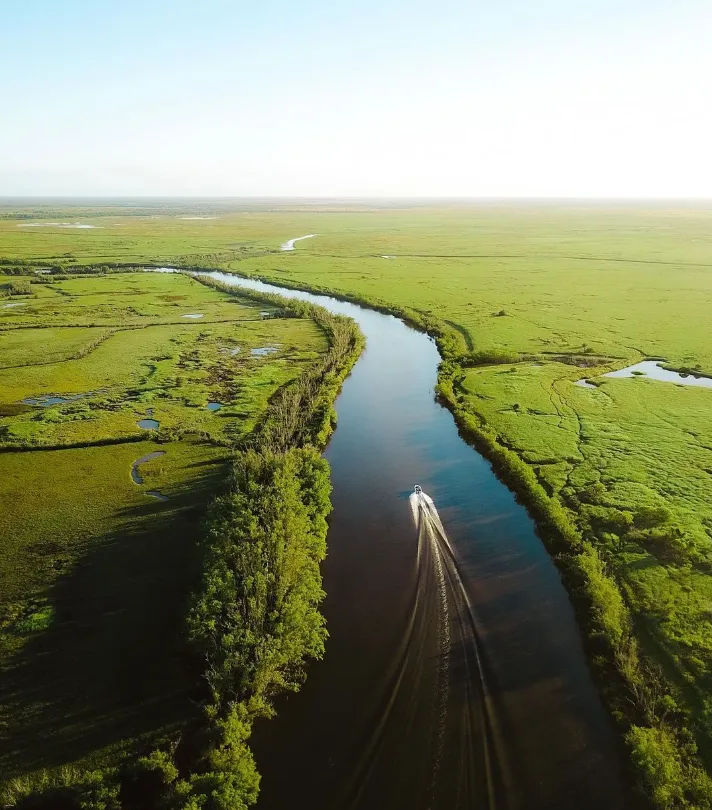
Conservation Efforts
Australia’s crocodiles are a conservation success story. After decades of hunting nearly wiped out salties in the mid-20th century, strict protections and habitat management have seen numbers bounce back.
Organisations like the IUCN-SSC Crocodile Specialist Group (SSC Crocodile Specialist Group) monitor crocodile species globally, including Australian crocodiles. Their work involves research, population surveys and addressing human-wildlife conflicts, especially in rapidly urbanising areas along the northern and eastern coasts.
The Northern Territory Government also plays a big role in managing crocodile populations, balancing public safety with species conservation. Programs include “problem croc” relocations and education campaigns to keep people (and crocs) safe.
Respect Crocs
Croc Safety Tips:
- Don’t swim in tidal rivers, estuaries and river deltas.
- Stay well back from the water’s edge — saltwater crocodiles launch fast.
- Pay attention to wet season access closures — roads and tracks disappear fast.
- Observe signs from the Northern Territory Government — they’re not suggestions.
- During the dry season, salties concentrate in shrinking waterholes — extra caution required.
Crocodiles in Captivity: Education & Research
While nothing beats seeing a croc in the wild, crocodile farms and parks play an important role in education and conservation. Places like Crocodylus Park in Darwin and the Queensland Museum offer safe encounters and information on species of crocodile native to Australia.
Research on crocodile behaviour, breeding and the impact of threats like the invasive cane toad often comes from these facilities, helping inform broader conservation strategies.
Fun Croc Facts
- Largest Crocodile Ever Recorded: A saltwater crocodile named “Lolong” was 6.17 metres long and over a tonne.
- Bony Plates: Both salties and freshies have osteoderms (bony plates) in their skin, natural armour.
- Juvenile Crocodiles Are Vulnerable: Hatchlings have high predation rates from birds, goannas and even larger crocodiles.
- Northern Blue-tongued Skink Connection: Often found in the same areas, these skinks are sometimes prey for opportunistic crocs.
- Body Mass Matters: Salties are much heavier than freshies; that’s why they dominate shared waterways.
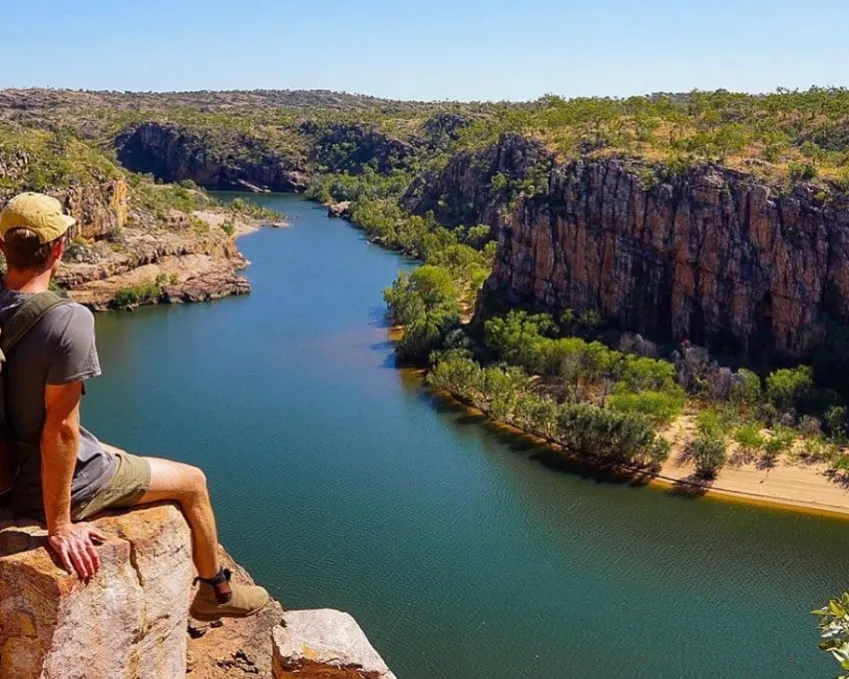
FAQ
How many species of crocodiles are in Australia?
Where can I see crocodiles in Australia?
Top spots include Kakadu National Park, Mary River Wetlands, Daintree River and the Kimberley region. Wildlife parks like Crocodylus Park and Crocosaurus Cove offer safe encounters.
What’s the difference between saltwater and freshwater crocodiles?
Are crocodiles dangerous to humans?
Are Australian crocodiles endangered?
Popular Articles

Up in the Northern Territory, crocs are part of the furniture. Call it the price of living in a place where the natural habitat still

What boats do crocodile cruises? If you’ve ever sat in the Top End’s midday heat and heard the words, “Let’s go find some crocs,” you

You’ve heard of Kakadu National Park, right? But here’s the locals’ secret: if you want the most saltwater crocodiles, most birds and pristine wetlands without

Northern Territory crocodiles aren’t just a thrill — they’re part of the cultural fabric, environmental balance and the stories that shape this rugged part of

If you’re looking for top places to see a crocodile in Australia, whether you want to snap crocodile photos of a 5-metre beast basking in

Species of Crocodiles in Australia That’s when you realise — crocodile species in Australia are not to be underestimated. Not all crocs are created equal.

